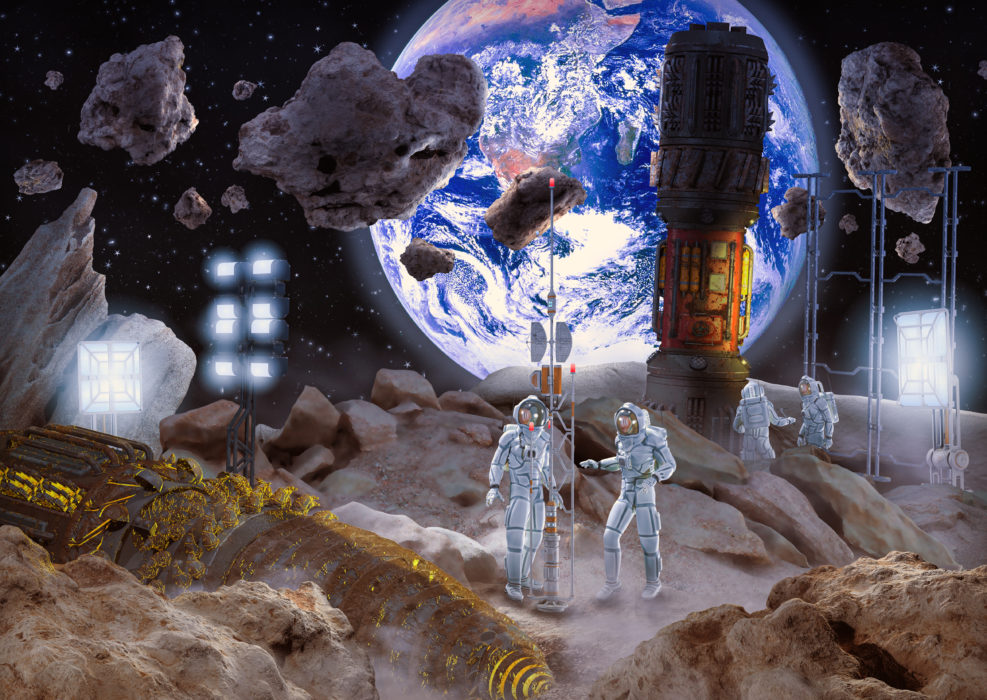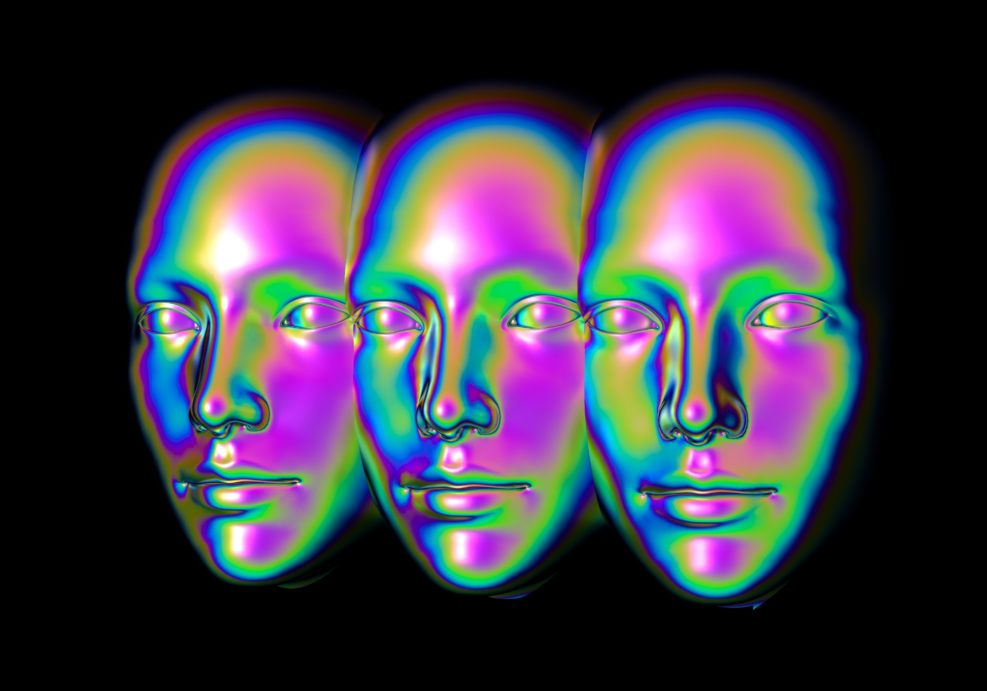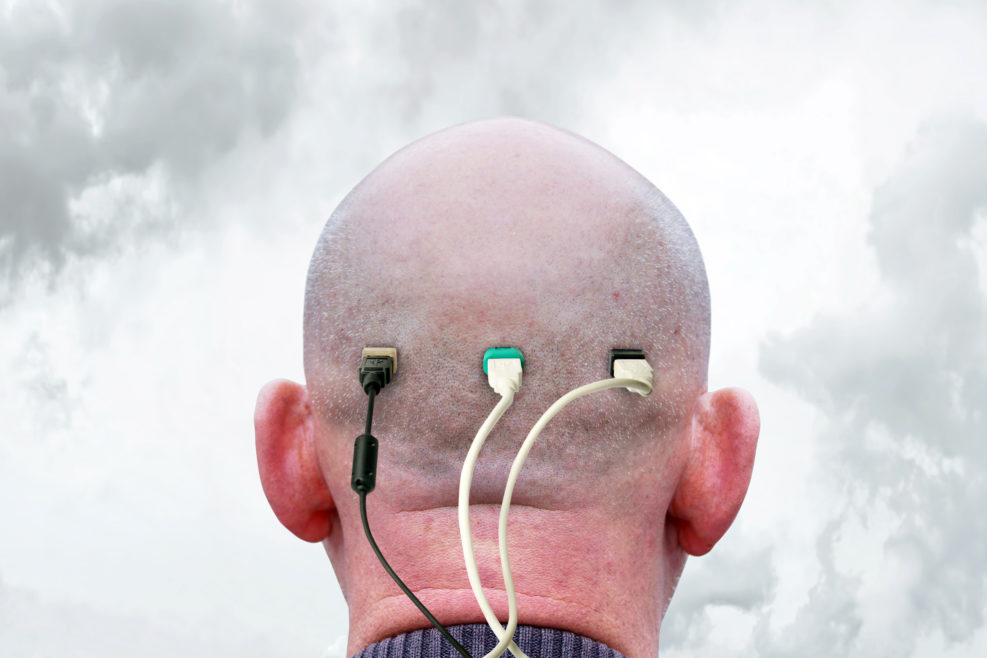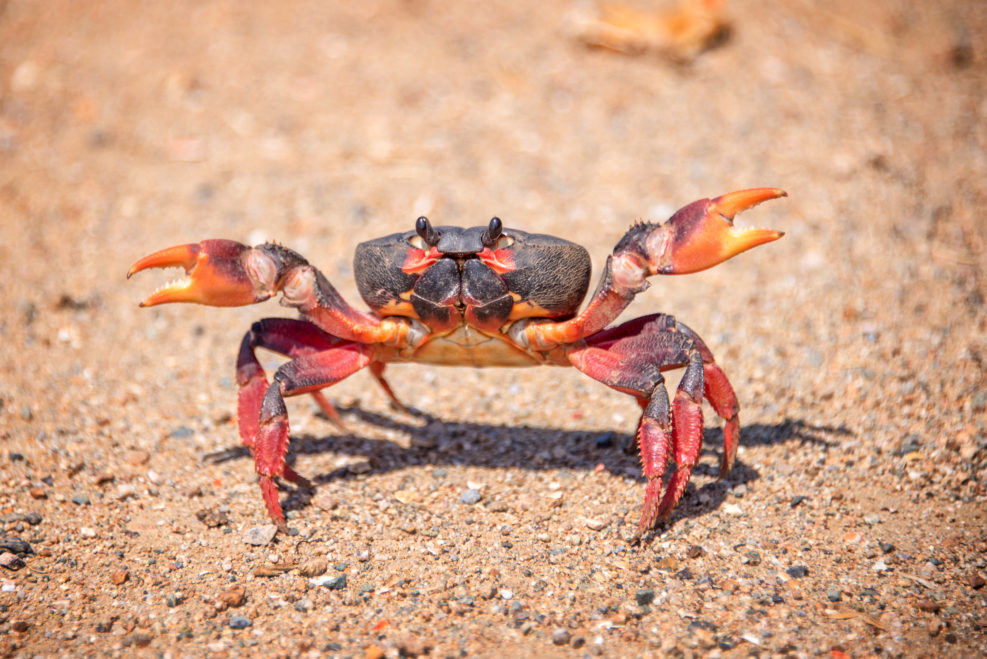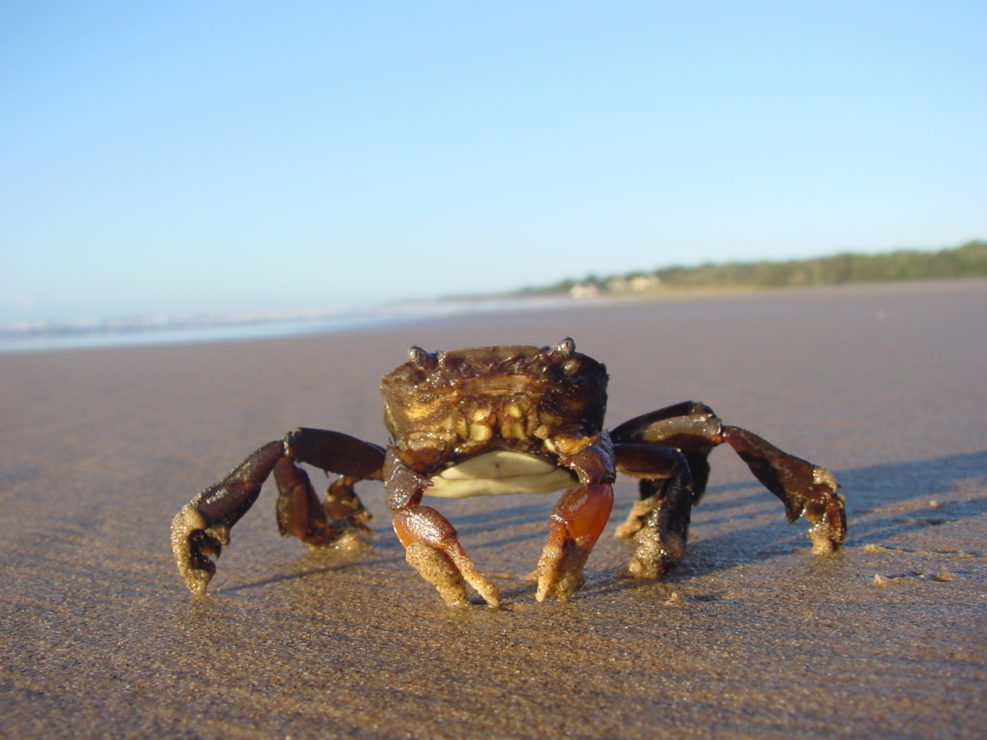
Researchers Ask—Serious Question — Do Crabs Have Emotions?
Recent research has created some unexpected ethical problems for the seafood industryAt one time, the question of whether crabs or squid had emotions would seem ridiculous. Dogs and cats have emotions but squid and crabs don’t. Right? But in recent decades, it has become evident that there is no straightforward evolutionary path to “smartness.” What about the ability to experience pain or emotion as a dog or cat would? “A London School of Economics (LSE) report commissioned by the U.K. government found there is strong enough evidence to conclude that decapod crustaceans and cephalopod molluscs are sentient,” says York University Professor and philosopher Kristin Andrews, the York Research Chair in Animal Minds, who is working with the LSE team. Andrews co-wrote an article published today in the journal Science, “The question Read More ›

![AI Cyberpunk Konzept: Transhuman / Cyborg Kopf mit Sonnenbrille; Neon beleuchtet + leuchtend | 3D Render Illustration [4K]](https://mindmatters.ai/wp-content/uploads/sites/2/2022/03/ai-cyberpunk-konzept-transhuman-cyborg-kopf-mit-sonnenbrille-neon-beleuchtet-leuchtend-3d-render-illustration-4k-stockpack-adobe-stock-987x555.jpg)






